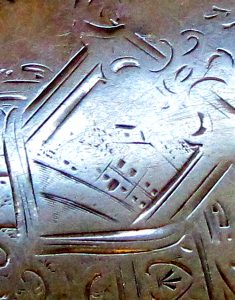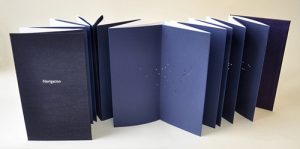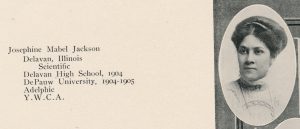First known announcement for an activity related to LGBTQ+ students
The following are the findings from a recently asked question about the founding of G.L.O.W. (Gays and Lesbians of Wesleyan). The archives holds no records created by group members. Anyone who has records to donate on this (or other) IWU organization is invited to contact archives@iwu.edu
1992-03-13 Argus p. 1 & 7 Announcing the formation of G.L.O.W. There’s mention of faculty endorsement at the end of the article and p. 2 has a letter from a faculty member about its formation.
1992 Wesleyana p. 48 Includes GLOW among the new student organizations for that year and confirms a founding date of early March 1992.
There are 23 occurrences of G.L.O.W. in The Argus, but I didn’t look through them all. Explore the issues available at that link and let me know if you need anything else!
There’s a 1997 Wesleyana mention of a name change to Gay/Straight Alliance but I didn’t do any further searching for that name.
I did a search for events leading up to GLOW’s formation and came up with these articles:
1988-03-11 Argus p. 4 ad for Gay & Lesbian Awareness Week
There was a controversy after “Anti-Jeans Day” runs in this April 22, 1988 issue and at least the two after.
1989-04-28 Argus p. 3 Progressive Student Union (P.S.U.) Gay and Lesbian Awareness Day
1991-09-27 Argus p. 2 Editorial arguing for better institutional support for homosexuals
1991-12-13 Argus p. 1 and 7 article on campus forum about homophobia and refers to an unspecified incident of vandalism in Gulick. There could be information in other campus sources to shed light on this. The article closes with details about an ISU group (Gay and Lesbian Alliance, GALA) that IWU students were welcome to connect with.






























